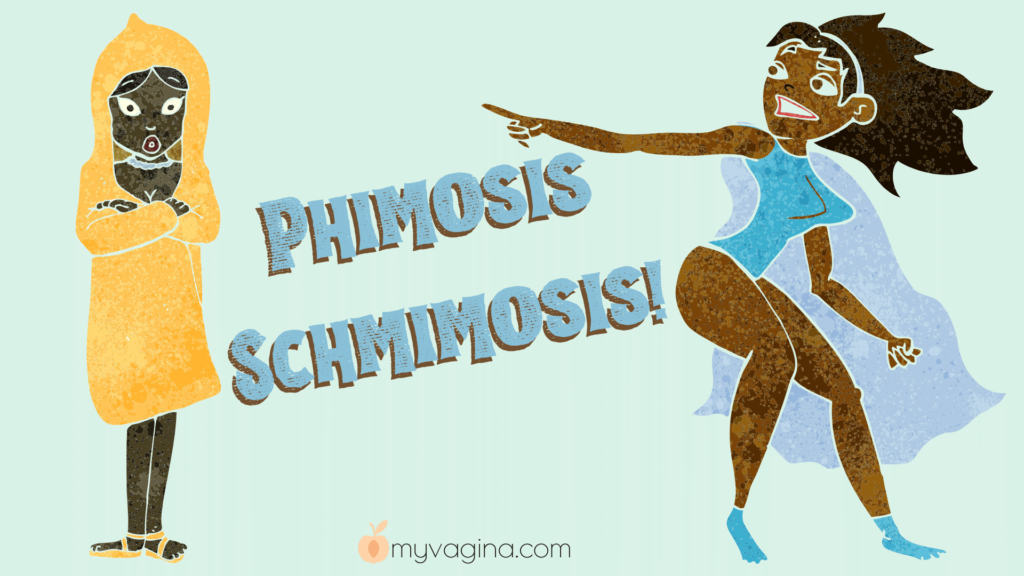Clitorial phimosis – adherence or adhesions – occurs when the clitoral hood and the clitoral glans (outer clitoral structure) adhere to one another.
When severe, the clitoral hood can completely grow over the clitoris. Clitoral adhesions can cause pain (clitorodynia) and discomfort but may not cause any symptoms at all.
Causes of clitoral adherence
- Lichen sclerosus
- Blunt trauma to the area
- Keratin pearls
- Menopause
- Long-term oral contraceptive use
- Low oestrogen states
- Inflammatory dermatitis
- Other causes
Checking for clitoral phimosis
The clitoral structures can be examined by your practitioner during an examination by sliding the clitoral hood up and off the clitoris. Tissue should be mobile and easily expose the clitoris.
When clitoral adhesions are minor, the top or sides of the clitoral hood will tug a little at the clitoris. When this condition is severe, the clitoris may be completely obscured, or the hood may have completely overgrown.
Orgasm and clitoral adhesions
Those with clitoral phimosis can still orgasm, however having less clitoral exposure/contact may prove as a full or partial barrier. Sexual activity may become uncomfortable and may cause pain.
Keratin pearls can develop underneath the hood, causing more pain.
Treatment of clitoral adhesions
Treatment aims to release the tissue and adhesions, typically using a myofascial release technique. A pelvic physiotherapist can perform this release, however, ongoing release may be required by you at home.
Stretching techniques can be employed at home, with or without lubricant, using a hand mirror. Prolonged stretching is required.
Gentle stretching over several weeks may be effective. Once the tissue is released, continuing these mobility techniques can keep the tissue healthy.
In severe adhesions, a surgical procedure may be recommended to release the tissue, after which home exercises may be required to maintain mobility.
References
Clitoral Phimosis: Effects on Female Sexual Function and Surgical Treatment Outcomes. Chmel, Roman et al.The Journal of Sexual Medicine, Volume 16, Issue 2, 257 – 266








